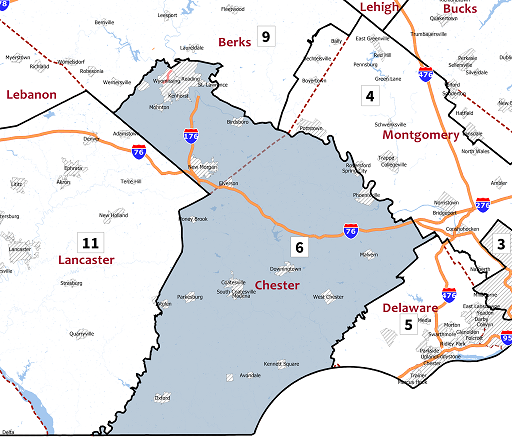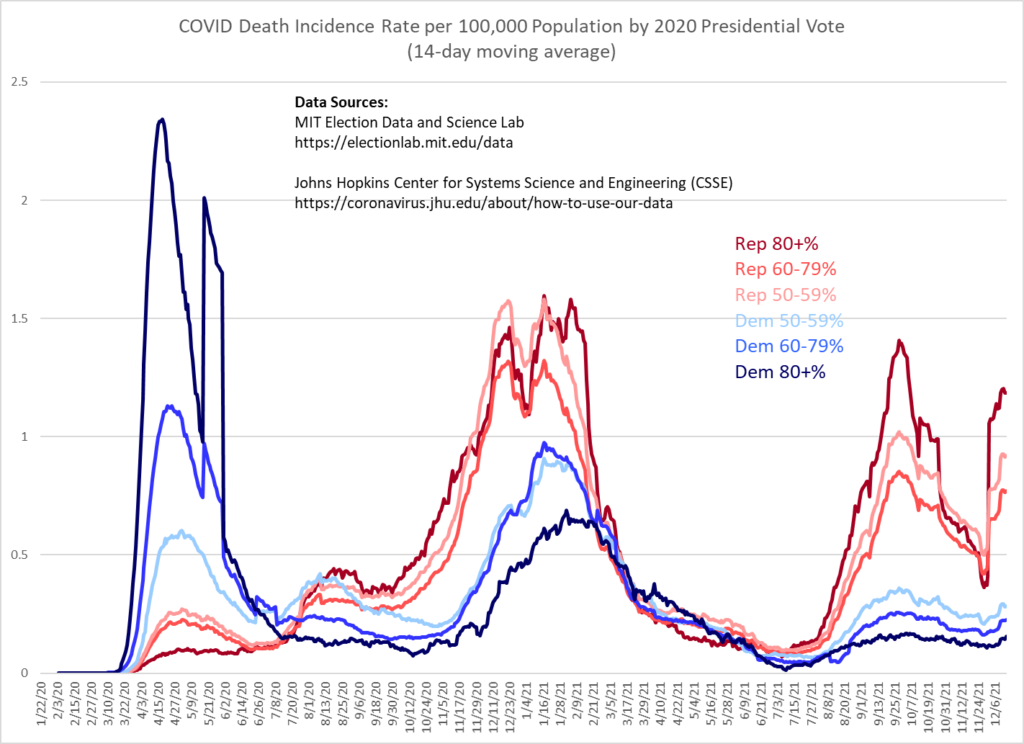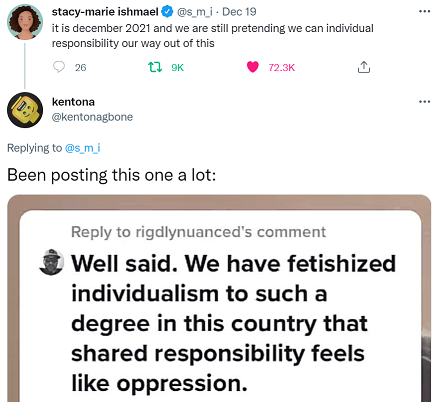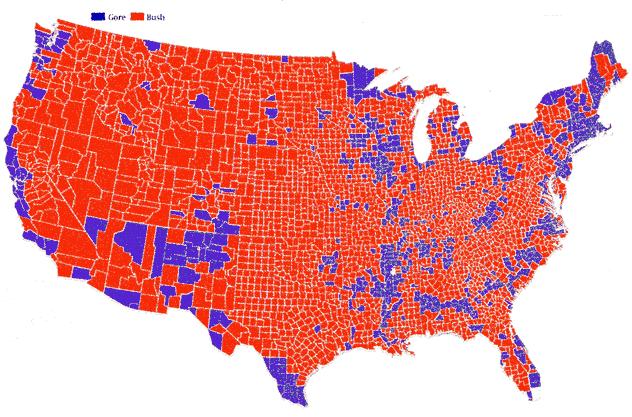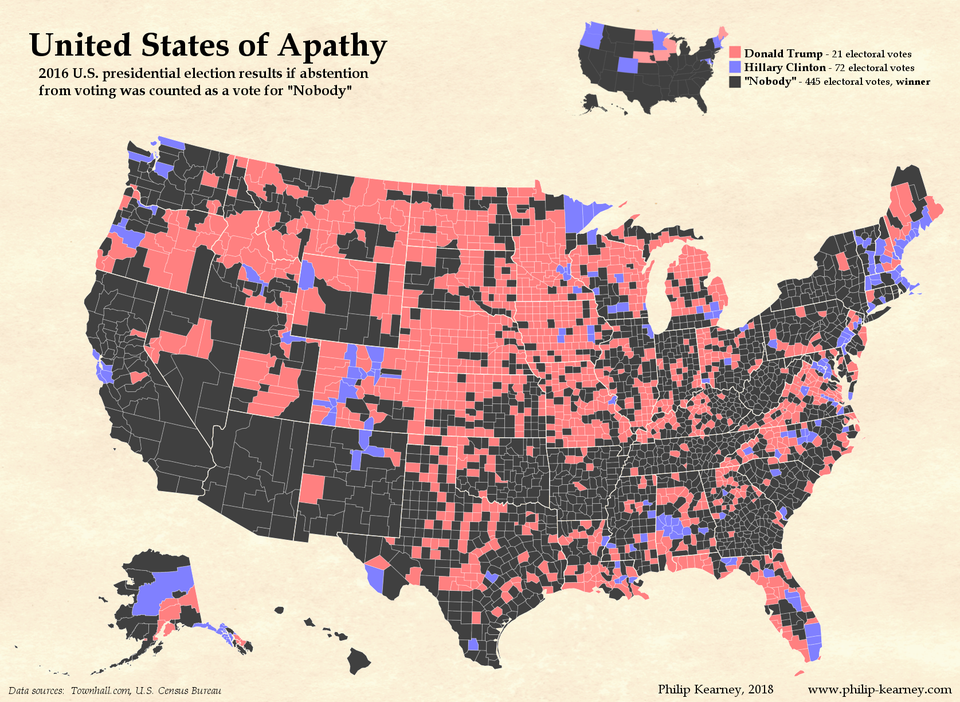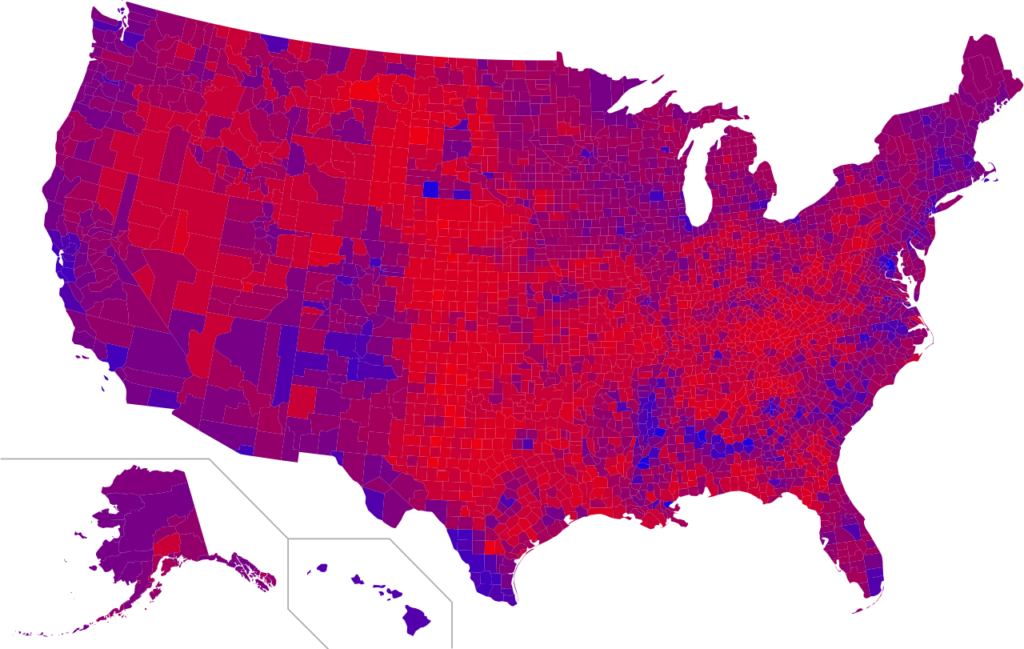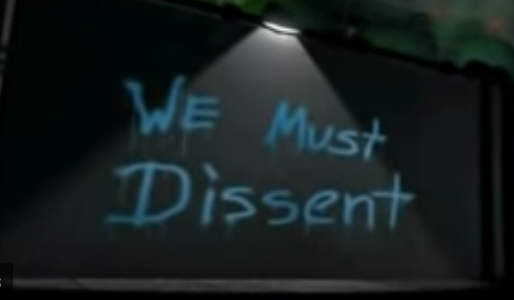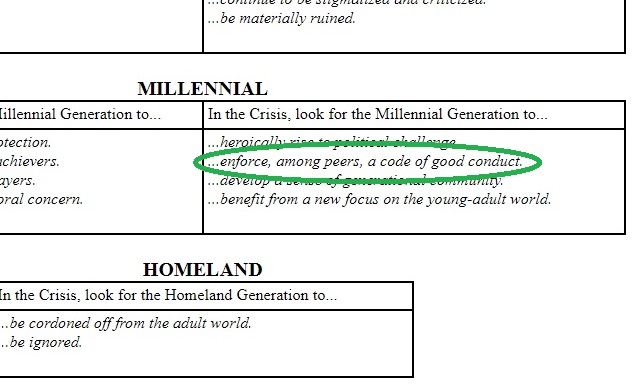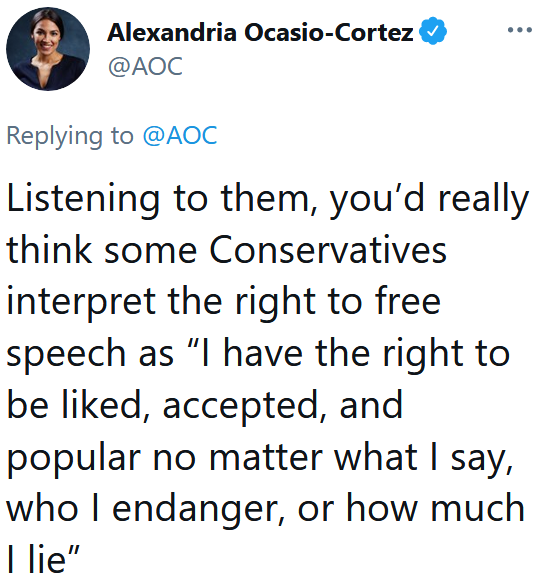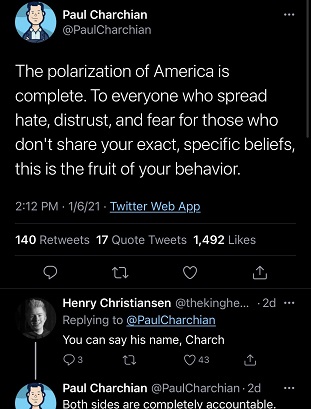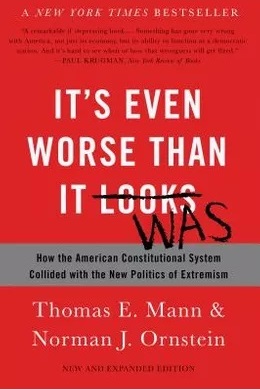The Crisis Era in Terms of Khaldun’s Theory of Dynasty Formation
I recently posted about The Muqaddimah by Ibn Khaldun, a remarkable book on world history that was written in the 14th century, but has many ideas about political and social science that fit right in with modern philosophical views. In my post I couldn’t help but wonder what the author would say about the state of the world today, were he to somehow be here to observe it. He was a pretty successful guy in his time, as I understand it, and to time travel him to our mess of an era would probably be rude, but I guess if it was just for a consultation and then he got sent back home it would be OK.
So how would he describe the state of our civilization today? He would obviously be amazed at all the advanced technology, and at the population level and degree of urbanization across the planet, which he would have thought was unachievable because of the inherent limitations of “sedentary culture.” He also, I imagine, would be surprised by the prevalence of democratic government. While he mentions the Greeks and Romans in The Muqaddimah, I don’t recall that he ever acknowledges their systems of government in ancient times. He may not have even been aware of them.
If he actually was aware of the nature of ancient Greek and Roman government, he would certainly recognize them as the antecedents of our modern democratic systems. If not, their existence would be a real eye-opener for him. Either way, I think he could still find a way to frame his understanding of our government in terms of his theory of dynastic formation. He would say something to the effect that we had invested royal authority in a representative body by means of cleverly crafted laws. Assuming he had access to all the history between his time and now, he would also note that the laws were often found faulty and had to be revised, and sometimes broke down altogether in periods of incredibly destructive warfare. He might wonder if we really knew what we were doing.
He would probably be disappointed with the relative statuses of Christianity and Islam today. In The Muqaddimah he frequently refers to the European Christians as a people, but does not have much to say about them except to acknowledge that they live up to the north of the areas he is mainly interested in, which are Spain, North Africa and the Middle East (he uses different names), that is, the Muslim world. He is writing during the Islamic Golden Age, after all. If he were here today, he would have to face the reality that European Christians have successfully spread their culture to new lands across the seas and are generally richer and more powerful than the nations of the Islamic world.
Looking at the United States today, he would probably observe a decline in religious organization, and note that religion no longer acted as a restraining influence. He would then observe that the royal authority of the representative government was also in decline, and would probably attribute that to the generational distance from the time of the global war which had established the current dynasty. He would recognize the richness and diversity of our sedentary culture as a sign of a civilization in its final disintegrative phase.
Does it even make sense to describe the government of the U.S. as a “dynasty?” Well, it might, in order to shoehorn Khaldun’s theory into the modern era. The current dynasty in the U.S. could be understood as the institutional framework that came into existence in the aftermath of World War II, when there was strong group feeling in the country, and trust in big institutions. As the generations have passed that group feeling and trust have eroded, and the royal authority of the government has eroded accordingly. The dynasty (that is, institutional framework) founded four generations ago is now disintegrating; hence the reeling sense of chaos that pervades our society.
I think that the way Khaldun would describe our state is something like what follows. The absence of religion (shared values) as a restraining influence (ordering principle) means that royal authority (rule of law) is required to establish order. For a new dynasty (institutional framework) to form, a new faction must arise which has the group feeling (solidarity, consensus) and desert attitude (courage, willingness to sacrifice) to achieve superiority and establish its royal authority (recognized right to rule). Applying this model to the ongoing partisan conflict between the red zone and blue zone factions in our society, about which I’ve blogged a great deal, it’s clear that the winner of the conflict will be whichever faction most successfully marshals these qualities of solidarity and courage. That is, whichever faction has the strongest group feeling.
Seen in this light, that each faction has a social media bubble, where a consensus on facts and values is continuously reinforced, makes perfect sense. It’s an effort to sustain group feeling during the conflict, since losing that group feeling means granting superiority to the other faction. It’s really that simple.
Which faction is currently favored in the conflict? A few years back I would have speculated that the red zone faction, rallying around former President Trump, had a stronger group feeling. They really seemed to have a greater solidarity of purpose than the blue zone faction, split between its progressives and moderates. But after the failed coup attempt in early 2021, my sense is that the strength of their faction just wasn’t quite enough to achieve superiority, and now they are on the defensive. However, I would note, as Khaldun might put it, that the red zone has been more clever at manipulating the laws of royal authority to favor their faction.
I’d like to think that Ibn Khaldun would agree with my interpretation of modern events in light of his historical model. I bet that if we did snatch him out of time to come observe our era, he wouldn’t want to go back just yet – not until he saw how events in the rest of this phase of civilization unfold.
